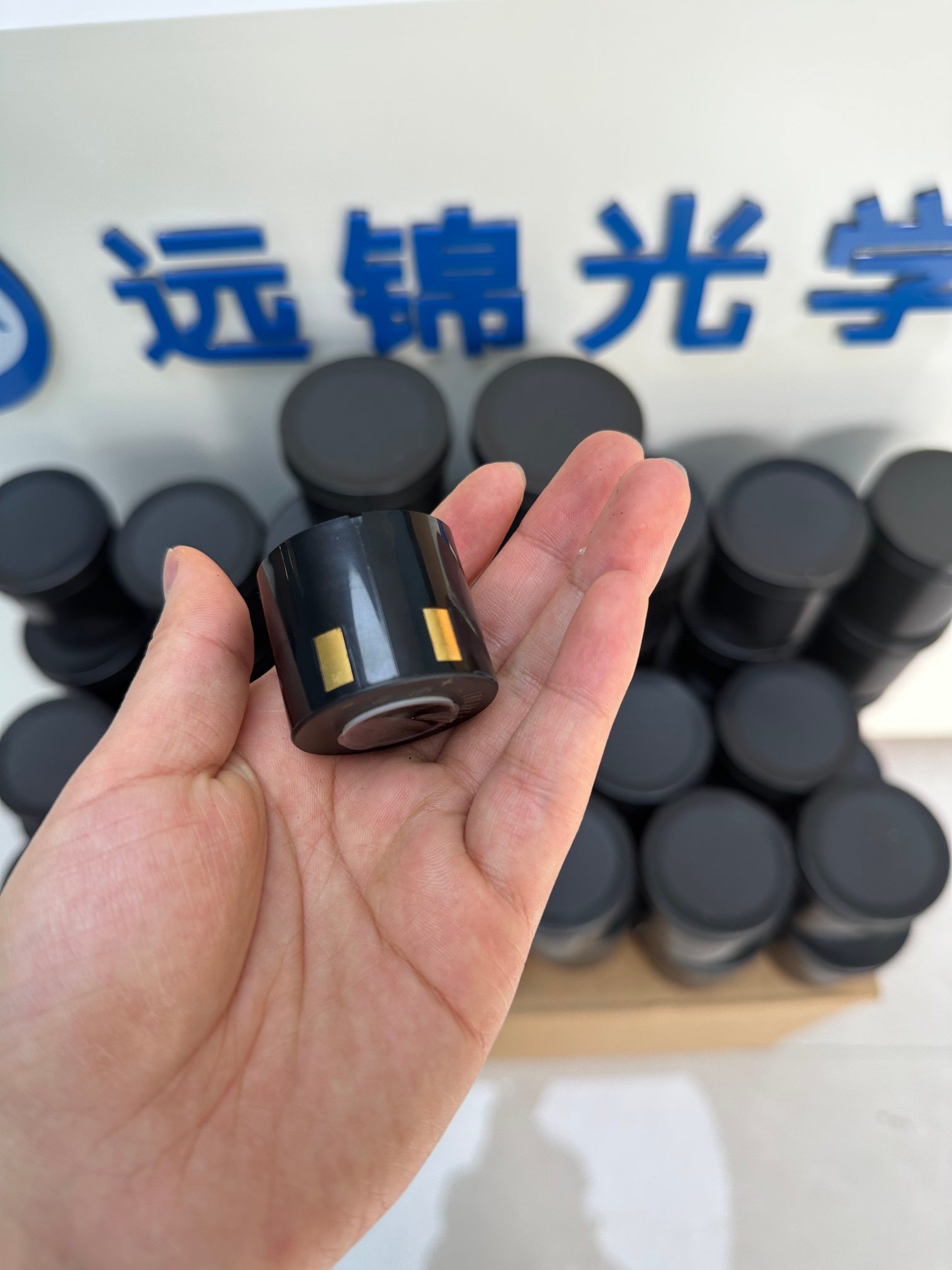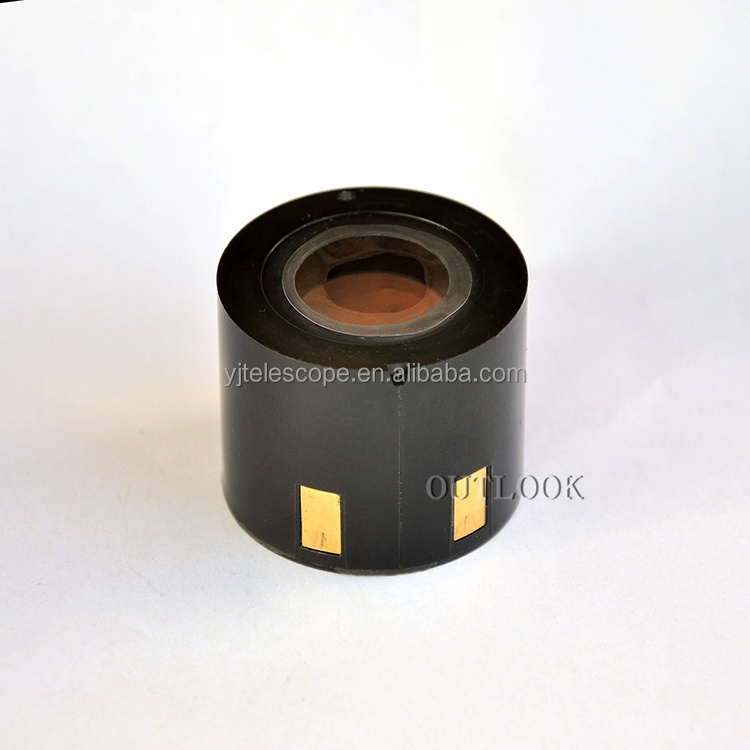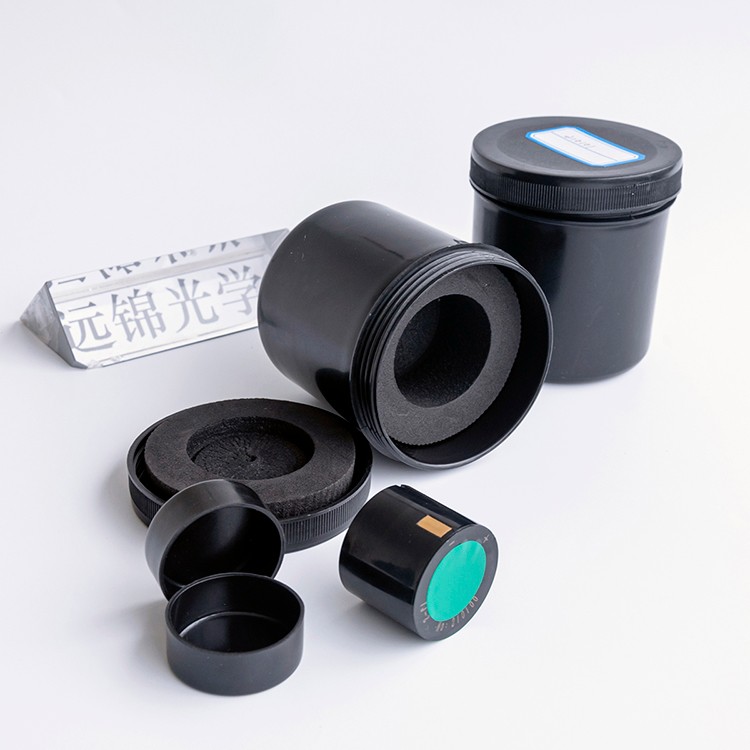OUTLOOK Night Vision Image Intensifier Tubes
The core of the low-light night vision device is the image intensifier tube, which amplifies weak light tens of thousands of times through photoelectric conversion to achieve night imaging. The following is a detailed explanation of image intensifier tube from two aspects: imaging principle and purchase points:
1. Imaging principle of image intensifier tube
The night vision image intensifier tube is a vacuum tube, and the core process is: photon→electron→photon conversion and amplification.
Image Intensifier Tube working steps breakdown:
1. Photocathode (Photon to Electron)
Light (including near-infrared light) enters the image intensifier tube through the objective lens and irradiates the photocathode (usually gallium arsenide GaAs material).
Photons excite the cathode material to release photoelectrons (photoelectric effect). The stronger the photon, the more electrons are released.
2. Electron acceleration and multiplication (Electron Amplification)
Electrons are accelerated by the high-voltage electric field (about 5kV-15kV) in the tube and bombarded onto the microchannel plate (MCP).
- MCP is a honeycomb structure composed of millions of tiny glass tubes (about 5-10 microns in diameter), with the inner wall coated with secondary emission material.
After the electrons enter the microchannel, they repeatedly hit the tube wall under the action of the electric field, releasing more electrons each time (avalanche effect), achieving electron multiplication (about 1000-20000 times).
3. Fluorescent screen imaging (Electron to Photon)
The multiplied electron beam bombards the fluorescent screen (phosphor layer), stimulating the fluorescent material (such as P43 emits green light and P45 emits blue light) to emit light.
Areas with high electron density have high brightness, forming an enhanced image corresponding to the original optical image.
4. Eyepiece observation
The human eye observes the enhanced image on the fluorescent screen through the eyepiece (usually single green, because the human retina is most sensitive to green).

> Summary of the role of key components:
> Photocathode: light → electricity conversion efficiency (quantum efficiency) determines low-light performance.
> MCP: electron multiplication core, directly affecting signal-to-noise ratio and resolution.
> Fluorescent screen: electrical to optical conversion, afterglow time affects the smoothness of dynamic images.
2. How to choose a image intensifier tube? Analysis of key parameters
When purchasing a image intensifier tube, you need to pay attention to the following core parameters, which directly determine the image quality and applicable scenarios:
1. Core performance parameters of night vision image intensifier tube
(1) Signal-to-Noise Ratio (SNR)
Definition: The ratio of useful signal to background noise.
Importance: When SNR≥25, the image is clear; when SNR<20, the image is grainy.
Standard: Gen3 tubes require SNR≥25 (high-quality tubes can reach 30+).
(2) Resolution
Unit: Line pairs/millimeter (lp/mm).
Standard:
- Gen2: 45-55 lp/mm
- Gen3: 64-81 lp/mm (US military standard Omni-VII requires ≥64)
Test method: Observe the standard resolution test target.
(3) Luminance Gain
Definition: The amplification factor from input light to output light.
Reasonable range: 30,000-60,000 cd/m²/lx (too high will lead to overexposure).
(4) Equivalent Background Illumination (EBI)
Definition: The inherent brightness of the fluorescent screen in a dark environment (similar to the thermal noise of the sensor).
Requirement: EBI≤0.8 μlx (the lower the better, and the performance is more stable in high temperature environment).
(5) Figure of Merit (FOM)
Calculation formula: FOM = Resolution (lp/mm) × SNR
Standard:
- Gen3 basic tube: FOM ≥ 1400 (e.g. 64 lp/mm × SNR 22)
- High-performance tube: FOM ≥ 1800 (e.g. 72 lp/mm × SNR 25)

2. Night vision image intensifier tube specification level
Manufacturers classify image intensifier tubes into different levels based on measured parameters:
Mil-Spec: Meets the US military standard MIL-STD-3009.
Commercial: Parameters are slightly lower than military specifications, and the price is 30-50% lower.
Select/HP: The measured FOM exceeds the military specification, and the price is the highest.
Purchase recommendations:
Military/law enforcement: Choose military specification Gen3).
Professional hunting: Commercial specification Gen3 or Gen2+ (FOM ≥ 1200).
Civilian entry: Gen1 or digital night vision device.
3. Other key factors of night vision image intensifier tube
Photocathode type: night vision Gen3 must be GaAs (multi-alkali cathode with much higher sensitivity than Gen2). Autogating: Rapidly switch high voltage to prevent damage from strong light (modern Gen3 standard). Lifespan: Gen3 tube nominal life is 10,000-15,000 hours (actually affected by the use environment).
Summary: Selection strategy of night vision image intensifier tube
1. **Clear requirements and budget**: Choose Gen1/digital for entertainment; choose Gen2+/Gen3 for professional applications.
2. **Identify core parameters**:
- **Gen3 tube**: SNR≥25, resolution≥64 lp/mm, EBI≤0.8.
- **Avoid false labeling**: Require sellers to provide tube regulation test report (data sheet).
3. **Brand and after-sales**: Choose a reliable supplier to ensure that the source of the tube core can be traced.
4. **Actual test**: Observe the noise level and detail restoration ability under low illumination in a dark room.

> **Final reminder:**
> - Avoid looking directly at strong light sources (such as car lights, flashlights) to prevent burning of the photocathode.
night vision night vision night vision night vision night vision night vision

